管理人オススメコンテンツはこちら
「より安心するよね|医療費通知にできて、ねんきん定期便にできないこと」
〜前回のつづき〜
●まとめ(つづき)
年金を柱にするのは
変わらずに
だけどそれだけじゃ
やっぱり不安だし
全信頼を置くという事は
出来ないので
これからは
自分自身でも準備しましょう。
収入の柱を
2本柱→3本柱と
ドンドン増やしていくと
より安心するよね
という事です。
ちなみに
ちょっと難しい話かも
しれないですけど
.png)
(出典:https://www.nenkin.go.jp/n_net/introduction/nenkinteikibin.html)
毎年あなたの自宅に届く
『ねんきん定期便』って
有ると思うんですけど
自分が今まで支払った年金とか
もらえる年金がわかる
ハガキの事です。
これには
自分が支払った分の年金の分しか
載ってないんですよ。
どういう事かというと
例えば
厚生年金の負担が
自分の分で
1年間10万円有った。
もし
・自分が10万円
・会社も10万円
労使折半で支払った場合
自分が支払った10万円分しか
載ってないんですね。
会社が払った分は
載ってないんですよ。
一方で
毎年自宅に届く
医療費の通知ですよね。
自分が今年支払った
保険診療の医療総額が
記載されてる訳ですね。
例えば
要は今年かかった病院代ですね。
今年あなたは
〇〇病院に〇月〇日に行って
1万円かかりましたと。
本当だったら
1万円かかってるんだけど
3割負担だから3千円で済んでますよ
みたいな
そんな感じに
載ってるんですよね。
こっちには
国が負担した分も含めた
10割全部載ってるんですよ。
「あなたは本来
1万円かかってるんだけど
健康保険に入ってるから
3千円で済んでるんですよ」
と載ってる訳ですね。
つまりどういう事かというと
医療費通知は
「治療費は
本来10万円掛かったんだけど
あなたの負担は3万円なんだよ!
国が7割も負担してあげたよ!」
とご丁寧に
分けて記載してくれてる訳ですね。
〜〜〜つづく〜〜〜
Special Thanks college president Ryo.
●おまけ
≪≪perplexityちゃんによる文章まとめ≫≫
年金はこれからも老後生活の重要な柱であることは変わりませんが、それだけに依存するのは不安が残ります。
そこで、自分自身でも資産形成や備えを行い、「2本柱」を「3本柱」へと増やしていくことで、より安心できる環境を作ることが大切です。
例えば毎年届く「ねんきん定期便」には、自分が支払った年金額のみが記載され、会社負担分は表示されません。
一方、医療費通知では本来の医療費全額と自己負担額が併記され、国や保険制度が負担した分も明確に示されています。
このように、医療費通知は制度の恩恵が分かりやすく可視化されていますが、年金についても同様に全額表示すれば、制度の仕組みや支え合いの構造がより理解しやすくなるでしょう。
- https://beauty-benefit.jp/blog/archives/6394
- https://www.nenkin.go.jp/service/nenkinkiroku/torikumi/teikibin/20150331-05.html
- https://beauty-benefit.jp/blog/archives/6385
- https://www.orixlife.co.jp/guide/nenkinteikibin2018/
- https://www.nenkin.go.jp/faq/nteikibin/index.html
- https://www.hokepon.com/column/column-knowhow-021/
≪≪Chat-GPTくんによる英訳≫≫
~Continuation from last time~
【Summary (continued)】
The idea of making pensions the main pillar remains unchanged.
But relying on that alone still leaves us feeling uneasy.
It’s not something we can place our full trust in.
So from now on, let’s also make our own preparations.
If we go from having two pillars to three, and keep building from there, we can feel even more secure.
By the way—this might be a slightly tricky topic—
(Source: [https://www.nenkin.go.jp/n\_net/introduction/nenkinteikibin.html](https://www.nenkin.go.jp/n_net/introduction/nenkinteikibin.html))
Every year, you probably receive a “Nenkin Teikibin” (annual pension statement) at your home.
It’s a postcard that tells you how much pension you’ve paid so far and how much pension you’re projected to receive.
But here’s the thing—it only shows the portion of the pension you personally paid.
What does that mean?
For example, suppose your share of Employees’ Pension Insurance contributions was 100,000 yen for the year.
If:
You paid 100,000 yen
Your company also paid 100,000 yen
Since the cost is split evenly between employee and employer, only the 100,000 yen you paid is shown.
The portion your company paid does not appear.
In contrast, think about the annual medical expense notice you receive.
It shows the total amount of insured medical treatment you received that year.
In other words, it lists the total cost of the medical care you had that year.
For example, suppose you visited ○○ Hospital on ○/○ and the total cost was 10,000 yen.
In reality, the cost was 10,000 yen, but because you only have to pay 30% under the insurance system, you paid just 3,000 yen.
That’s the kind of thing shown in the notice.
And in this case, the notice includes the full 100% cost—both what you paid and what the government covered.
It says something like:
> “Your treatment actually cost 10,000 yen, but because you’re enrolled in health insurance, you only had to pay 3,000 yen.”
So, what does this mean?
The medical expense notice says:
> “Your treatment would normally have cost 100,000 yen, but your share was only 30,000 yen!
> The government covered 70% for you!”
And it kindly lists both amounts separately.
Special Thanks OpenAI and Perplexity AI, Inc
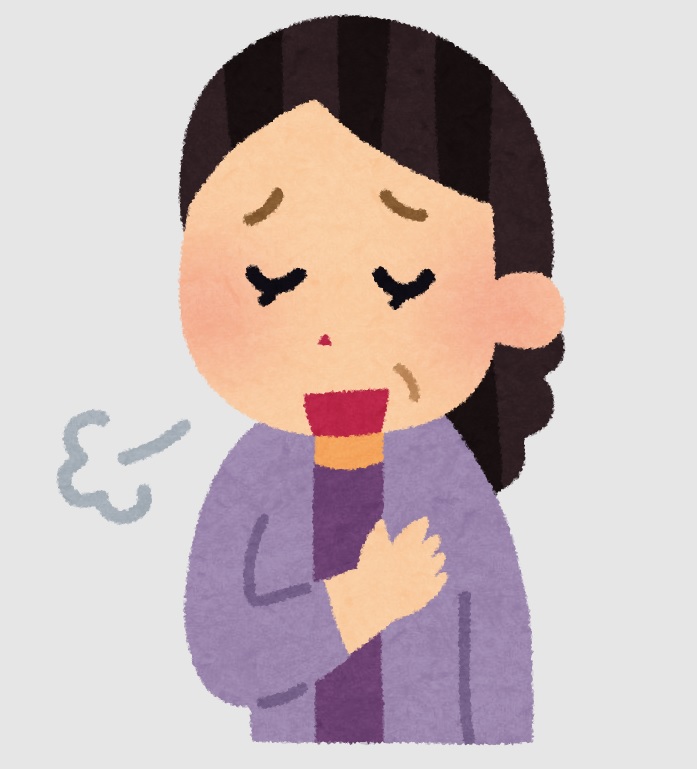
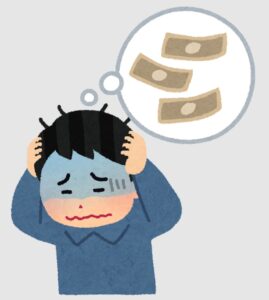
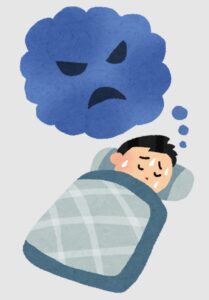
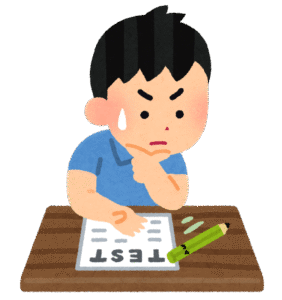
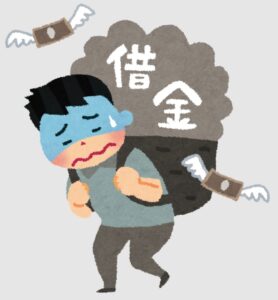
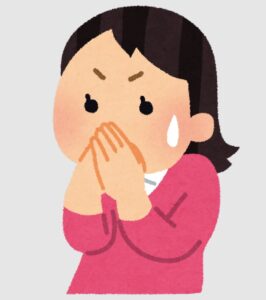
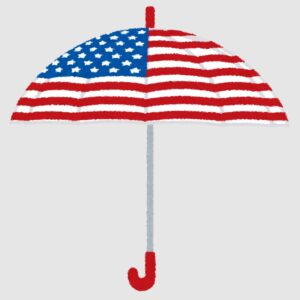
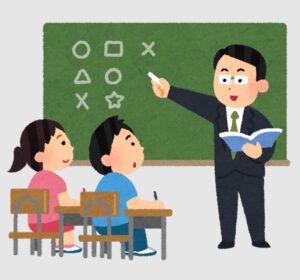
-300x300.jpg)